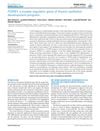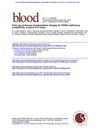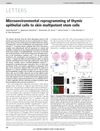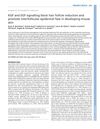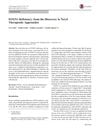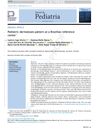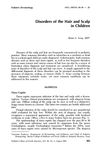Unraveling the Link Between Ectodermal Disorders and Primary Immunodeficiencies
March 2015
in “
International reviews of immunology
”
primary immunodeficiencies ectodermal disorders skin abnormalities epidermis thymic epithelium hyper-IgE syndrome IgE eczema infection susceptibility ectodermal dysplasia hypoidrotic ED X-linked hypoidrotic ED NEMO mutations EDA-1 mutations FOXN1 gene mutations athymia alopecia T-cell development skin disorders immune disorders hair loss
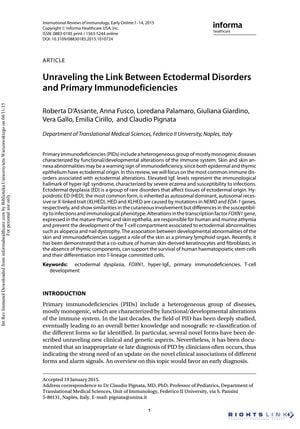
TLDR Skin abnormalities can indicate immunodeficiency due to shared origins with the immune system.
This review discussed the link between primary immunodeficiencies (PIDs) and ectodermal disorders, highlighting that skin abnormalities can signal immunodeficiency due to the shared ectodermal origin of the epidermis and thymic epithelium. It focused on common immune disorders with ectodermal alterations, such as hyper-IgE syndrome, characterized by high IgE levels, severe eczema, and infection susceptibility. Ectodermal dysplasia (ED), particularly hypoidrotic ED (HED) and its X-linked form (XLHED), was examined, noting their genetic causes (NEMO and EDA-1 mutations) and differences in infection susceptibility. The review also covered FOXN1 gene mutations leading to athymia and associated ectodermal abnormalities like alopecia. It suggested the skin might function as a primary lymphoid organ, supported by findings that human skin-derived cells can aid in T-cell development without thymic components.
